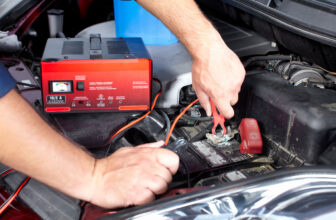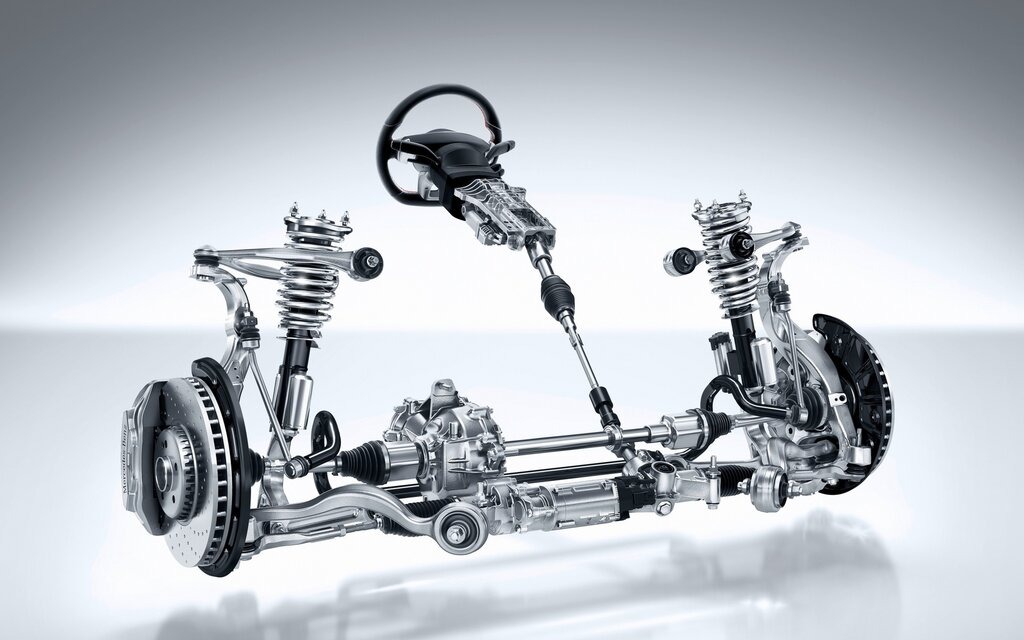
Vehicle steering systems have undergone their fair share of transformations over the years. This is because drivers continue to seek new ways to improve their driving experiences. The older mechanical steering wheels relied on gears and physical linkages. However, their lack of precision and reliability have encouraged the adoption of electric actuators in vehicle steering.
But what exactly are the benefits of installing electric actuators in a vehicle steering system? What roles do they play? As you read on, you discover the most suitable applications for these steering mechanisms, their challenges and how to cope with them.
Table of Contents
What Are Electric Actuators?
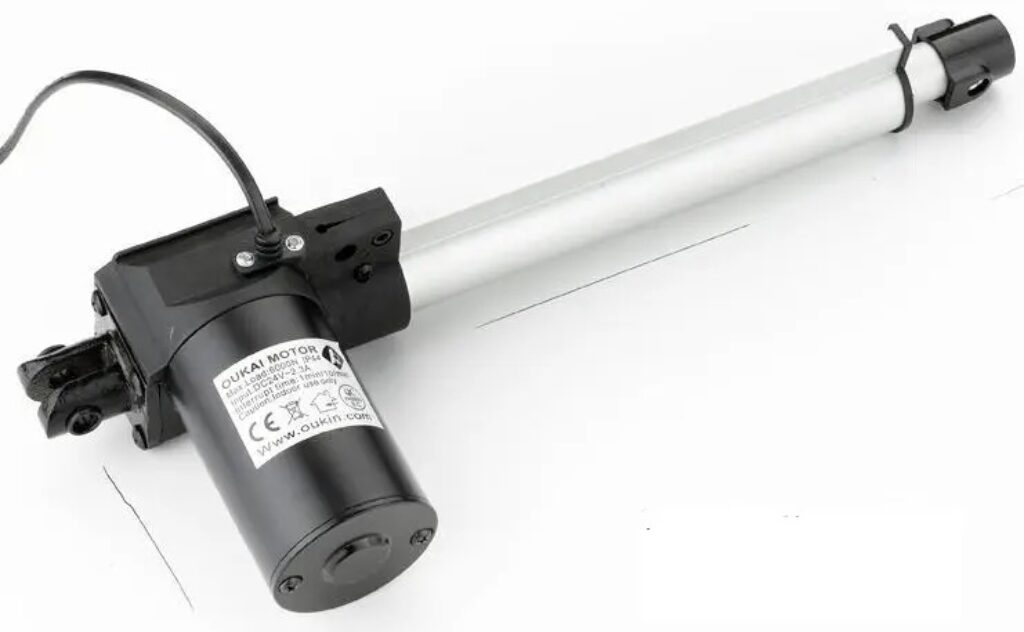
Source: ebay.com
Electric actuators are electrical devices with a motor to utilize electrical energy in mechanical movements. It is one out of the other alternatives in pneumatic actuators, and the traditional hydraulic often found in auto applications. It offers numerous benefits over the others. Hence, it has proved essential to the evolution of steering systems from the classic tiller systems to the exquisite electric power steering models of today.
The Different Electric Actuator Types
Every electric steering system is unique. This is because all electric actuators have features that better suit different applications better. Here are the different types to note.
AC Induction Motors
These motors have a high torque output. They are mostly popular in applications that require ruggedness yet are reliable. A good example is heavy-duty vehicles like the tractor.
Brushless DC Motors
DC motors suit applications with more demands for high efficiency and precise control. Other attributes include low maintenance and are more in line with EPS systems.
Drive-by-Wire Mechanisms
This is the height of innovation currently. It does not have a physical linkage between the wheel and the steering control. This steering technology, however, relies on actuators and electronic waves for control and feedback.
Rack-and-Pinion Steering Systems
These steering setups have an electric motor that moves the rack and pinion. Here, you have a steering that converts rotational motion into a linear movement.
Roles of Electric Actuators in Vehicle Steering
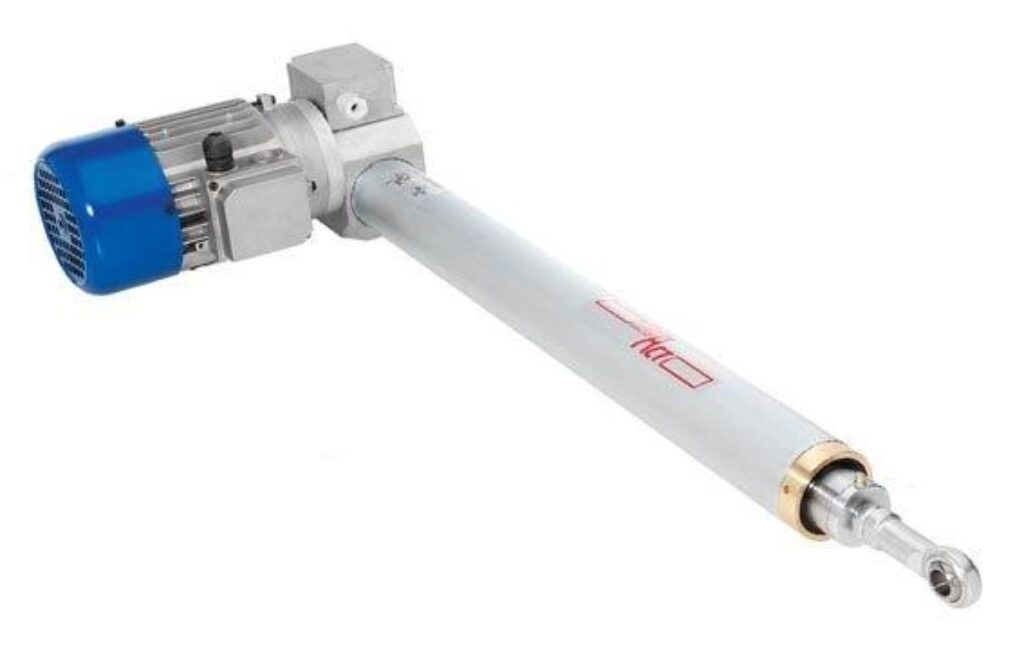
Source: setec-group.com
These electric motor devices contribute in many ways to sound steering control. We’ve highlighted some of the most relevant ones.
Reduced Steering Effort
Drivers find this to be one of the most important attributes of using electric actuators in vehicle steering mechanisms. The electrical devices reduce the energy drivers need to exert when controlling the steering. This is especially crucial when you need to park the vehicle in a tight space or attempt a manoeuvre.
Improved stability and handling
In addition to reducing strain, electric actuators in a steering system help the driver maintain control of the automobile at all times. This stability and crucial handling is evident when you need to make a turn or at high acceleration.
Customization of Steering Feel.
Electric actuators let you personalize how you want the steering to respond when in action. This greatly improves the overall driving experience as drivers are able to customize the steering feel according to their style and preference.
The Advantages of Electric Actuators
In addition to the positive roles electric actuators play in the automobile industry, they have other unique benefits. Here are the major reasons they remain the preferred alternative.
- Fuel Efficiency: Overall, electric actuators in steering systems use up less energy. This is unlike pneumatic and hydraulic systems that are more heavy-duty and therefore, less fuel efficient.
- Easy Integration of ADAS: Advanced driver-assistance systems (ADAS) become easier to install with electric actuators. The ADAS is a mechanism with features to send a warning when you depart your lane. It also assists in maintaining coordinated driving.
- Feedback Mechanism: Electric steering systems have a feedback mechanism that allows the driver to make split-second decisions. Hence, it is easy to make adjustments and optimize your car to the best driving machine around.
Challenges and Solutions
Notwithstanding the many benefits, electric steering comes with a few flaws of its own. The automotive industry is addressing some of these challenges nevertheless.
Cost
This is expected as it is an upgrade to the traditional steering systems. Therefore, electric steering typically costs more than the regular ones. With massive production and technological innovations, these factors are going to cut costs.
Durability Concerns
Ensuring the electric actuators continue to perform in harsh environmental conditions is a concern. They are generally less durable than the mechanical ones. Therefore, they often need rigorous testing and development.
Software Compatibility
If you need to replace an actuator and integrate ADAS with the vehicle control system, choosing the right software is often a hassle. It always requires specialized software. However, the automotive market is adjusting the software development cycle. This will allow for better
Applications of Electric Actuators in the Automotive Industry
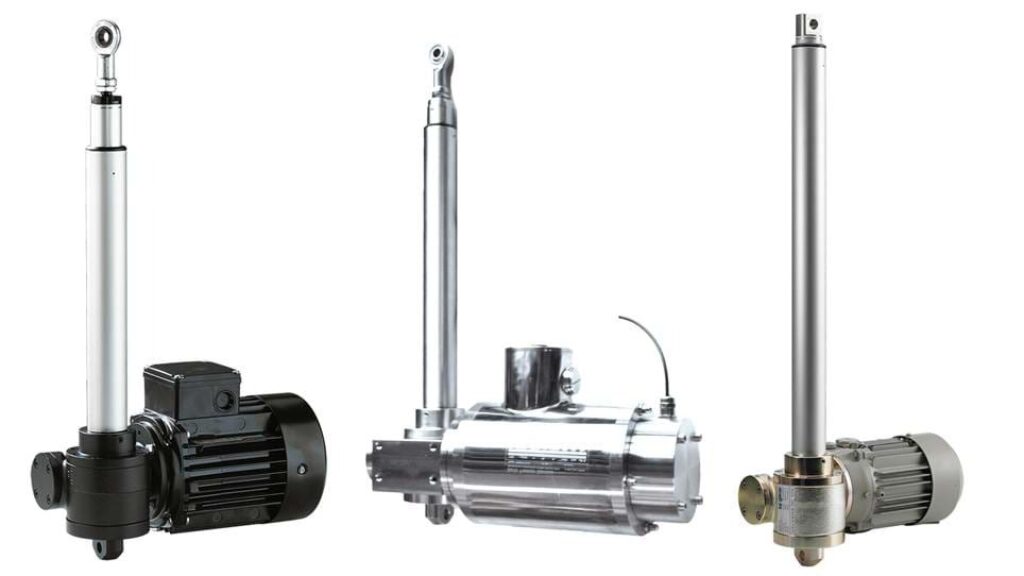
Source: bj-gear.com
A range of vehicles have received telling impact as a result of electric actuators. These include
- Passenger Cars: As you suspected, these are some of the most common applications of electric actuation in steering systems. They help these medium-sized cars achieve better precision and energy efficiency.
- Autonomous cars: These vehicles benefit from self-driving qualities from electric actuators. These qualities include more reliable steering handling and precision.
- Heavy-Duty Vehicles: Heavy-duty vehicles are now more reliant on electric actuators. These machines help ease the stress and strain on the driver when behind the wheel. It also improves their ability to maneuver — it aids the ability to make sudden turns and evade obstacles.
Conclusion
The use of electric actuators in steering systems results from the need for enhanced driving. It is a force that phased out the more mechanical versions that existed alongside gears and physical linkages. The adoption of the technology has seen better handling, fuel efficiency, driving precision, and maneuverability among others. Amongst the benefits are concerns like cost, durability, ease of software integration, etc.
Nevertheless, the evolution of vehicles will see more adoption of the use of electric actuators. Their different types have unique benefits in different applications, therefore making them versatile. So as technology continues to improve, electric actuators will remain a key part of that transformative journey in the world of steering systems.






